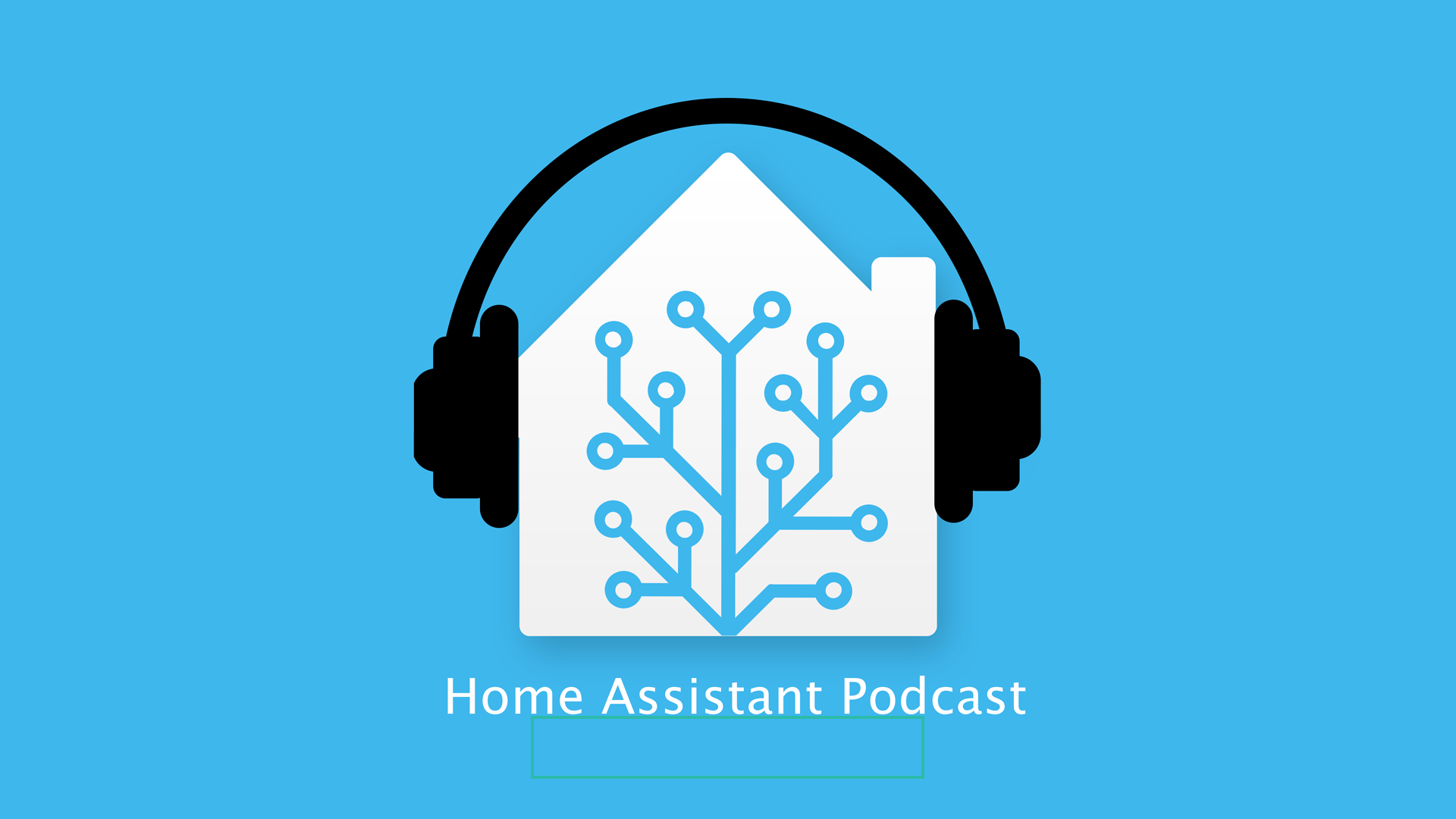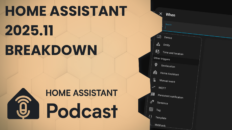New Features
- Lovelace UI is now called Dashboards
- You can now create groups from the UI A longtime requested feature
- Lovelace Mushroom: lovelace-mushroom
- More helpers now available from the UI, including
- Derivative
- Integration – Riemann sum integral
- Min/Max
- Switch as X
- Threshold
- Times of day
- Utility Meter
- New entity type, update A new type of entity has been introduced, which informs users when an update is available and how to take action. For example when a Home Assistant update is available, you can see the update information available in your Home Assistant settings with a notification icon.The Home Assistant Supervisor (providing Core, OS, and add-on updates), WLED, Pi-hole, and Synology DSM integrations have implemented these brand new update entities in this release.
- Backups! Docker users rejoice!You can now use Home Assistant backups in non-supervisor installations. A feature highly regarded from Hass.io/HassOS users is now available for most Home Assistant installations. You can even use these backups to migrate to Home AssistantOS
- Changing temperature and pressure units from the UI This previously required a degree in mathematics and some wizardry with templates. Easily change sensors from Fahrenheit to something more usable like Celsius.
- Performance Improvements A fair few performance improvements in this release for both the front end and backend of Home Assistant should make things more snapier.
- Triggers can now set variables! For those of us who love to use YAML and templates, triggers can now set variables which can be used in conditions and actions of the automation.Got a tag scanner, and want it to play something when a particular card is scanned? Previously you would need to do some variable tricks in templates. Now you can have what needs to be played set as a variable against the trigger of the card.
Other Noteworthy Changes
- Change an appearance of a binary sensor in the UI You no longer need to use YAML customisations to do it!
- Timers can now continue after a Home Assistant restart
New Integrations
- Airzone Allows getting values from the local API of Airzone HVAC zoning systems.
- Kaleidescape The Kaleidescape integration allows for the automation of Kaleidescape movie players. Ideas for automation include:Playing and pausing a movie sets lighting scenes. Playing and pausing a movie sets lighting scenes. The start of movie credits turns up the lights. A change in aspect ratio controls a projection masking system. A change in video resolution controls a lens system or video scaler.
- PECO Outage Counter PECO is a public utility company that provides electricity to the Philadelphia metro.
Breaking Changes
Most breaking changes this release relate to integrations moving to the UI. As always, check the release notes for any integrations that you use. Here are some highlights:- Plex Support for multiple Plex Media Servers in the media browser has been added.Automations and scripts which used the media picker to add Plex media items may need to be updated if more than one Plex integration/server is configured.
- SleepIQ The sleep number firmness sensor entity in the SleepIQ integration is deprecated and will be removed in a future release. A number entity is available, providing the same information and can be used instead.
- Sonos
Favourites are no longer included in the “Source” dropdown on Sonos devices. These have been moved to the Media Browser and are also available using the media selector (a.k.a. “Play Media”) in automation/script builders.The selectable “Source” dropdown is now limited to static inputs, such as TV and line-in sources.The
media_player.select_sourceservice call will continue to accept favorite names. This compatibility feature may be removed in a future release, but there are no current plans to do so.
- Template
Template binary sensors with on or off delay, or trigger-based binary sensors are now initialized to the last state on Home Assistant Core startup, instead of to
unknown - UptimeRobot This integration now provides a switch entity that will let you pause/resume monitoring of a monitor.Because of that, you need to use the ‘main’ UptimeRobot API key; if you previously used that, you will not have to do anything, but if you used the read-only API or a monitor-specific API key, the integration will ask you to reauthorize on the first startup.
Dominic Griesel joins Nabu Casa
Dominic is the founder of ZwaveJS, and will be joining Nabu Casa to further work on the project and help Home Assistant integrate with the new smart home protocol Matter. Nabu Casa now supports Home Assistant, ESPHome and Z-waveJS. Your subscription to Nabu Casa is directly helping these projects!Legacy Works with Nest API deprecation is put on hold
Legacy Works with Nest API deprecation is put on hold until issues with SDM API OAuth signups are resolved (so this is an un-breaking change). This was a breaking change announced in 2022.2. PJ emailed us on [email protected] about this breaking change, and thinks we didn’t give it as much attention as it needs.In my opinion, this is somehow almost a “cloud strikes again” scenario, but with Home Assistant as the “bad cloud” this time… the “old API” of Nest was about to be dropped by Google some time ago, but because the outrage of people using it, Google said they will support this and no further actions were taken. I am – having an “old style” dev account [not with the google-login] with many people who use this “legacy API” and as I saw and undestood how it works: we’ve got quite a few options more than the “new API”. one of the crucial option is the ability to read/write the home/away state of the thermostat. I am no developer, so I often can’t go deeper into code or API documents as simply – I won’t understand half of these 😉 but AFAIK the availability of home/away status is gone with the new API. I’d love to hear from somebody smarter if this REALLY is the case, that this option is really gone in the new API [right now looks like it is…] and it makes me curious why HA is dropping support for this even if the original owner [Google] is still supporting this If you’re using the new Works with Nest integration and have home/away status working, please share it around. It doesn’t seem to be documented in the docs right now, so PJ may be out of luck when Home Assistant deprecates this again.
E-ink Displays
Last episode we talked about using Amazon Kindle devices as e-ink displays. @the_louie on Twitter has linked a project for Kobo e-ink readers as well. Link available in the show notes on hasspodcast.io@philhawthorne just listened on the latest episode, and regarding e-ink displays I use this https://t.co/1eL4DCbKRM
— Ă̶̯̿ǹ̸̯̃͝d̶̺͉́̓͛́͌̊͝ȩ̶̳̈́̾́̄ŗ̴͚̫͓̦̭̑̌̐͝s̴̅́̽̏͜ (@the_louie) March 5, 2022







